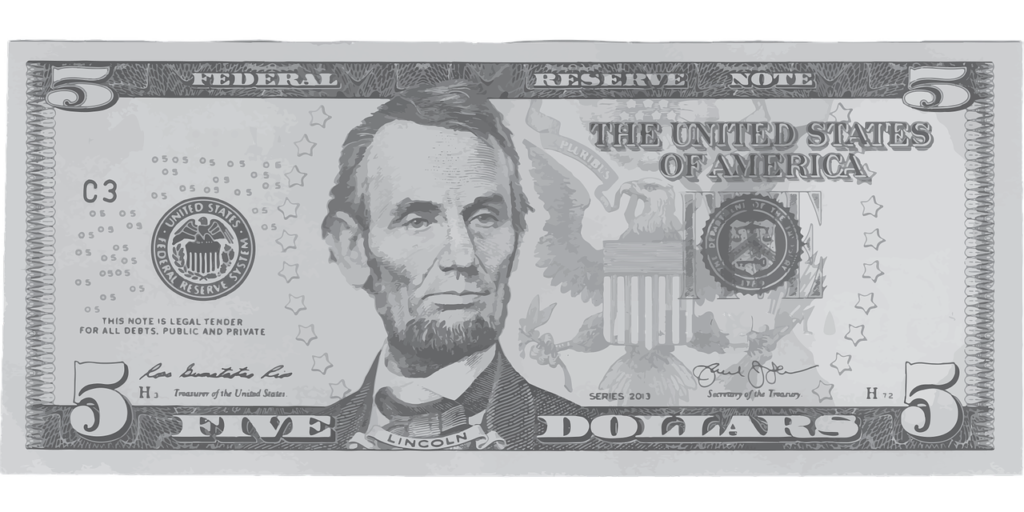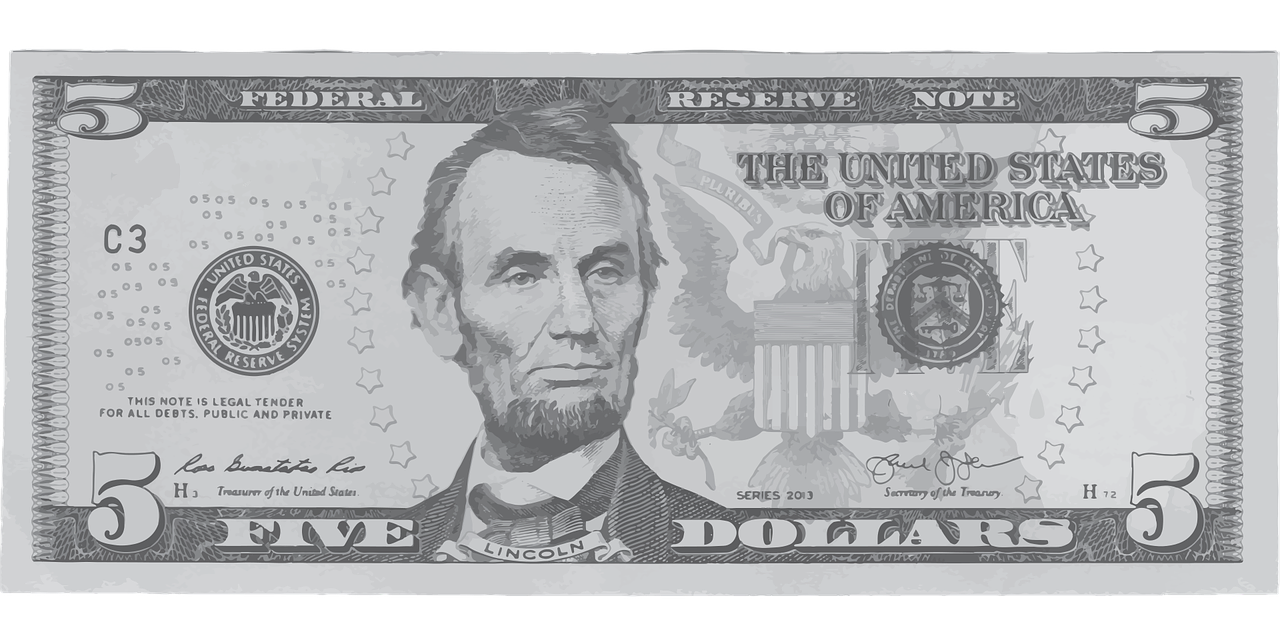
Table of Contents
Engineer a Successful Side-Hustle with This Simple, Valuable Framework
An essential part of your side-hustle is building an email list that helps sell your product or service automatically, so you’ll have more time to work on growing your business. Sales and marketing can be very time-consuming.
You want your email marketing to multiply your efforts, doing more of the hard work for you.
Email is a powerful vehicle to automate your sales process.
While you might not use paid advertising in the beginning, as your business grows, ads will be an essential piece of your marketing plan. To scale quicker, you need to drive more traffic to your email list.
If you want to build a successful side-hustle you need to have a list.
When you play with advertising, it gets expensive fast.
If you aren’t careful you can lose a lot of money with little to show for it.
…but there’s a rule of thumb you can follow.
This little framework will keep your side-hustle in the game longer than your competition. If you follow it, your business will be self-funding. If you don’t, there’s a good chance you’ll waste a lot of money on ads.
The business who can spend the most to acquire a customer, wins.
This means it’s important for your front-end offer to cover your cost of acquiring a customer. You aren’t working to earn the first sale. You want the third… and the fifth.
The more-enticing your initial offer, the more sales you’ll close and the more you can spend to acquire someone new. You’ll be able to outspend your competition, earning the highest placement, or best exposure for your business.
Earn at Least $5 per subscriber in the first 30 days of Joining your list.
Most side-hustlers start with a free, opt-in offer. Once a new subscriber has joined their email list, these entrepreneurs slowly drip the new subscriber content, with an occasional offer sprinkled-in.
We’ll operate this way too, but I want you to add an important step.
Instead of offering only a free lead magnet and slowly dripping your sales content over time, it’s important you ask for an initial sale the moment someone subscribes to your email list.
We need to start earning money immediately, while the new subscriber is wide-eyed and excited to be a part of your tribe. Your initial correspondence will have some of the highest open rates of all the emails in your sequence.
We’ll capitalize on this high open-rate, using to to present a one-time, deep-discount. This should be an offer they’ll never see again. You can link to your regular site, showing them the full price of the product, alongside the price they’ll pay if the they buy now (50-90% off)
When you ask for a small sale immediately, your customers will pay for their own acquisition costs.
Advertising should be an investment, not an expense. You should always get a higher return than your advertising costs you, else your ad isn’t working.
I’ve done a version of this model for over a year, and my little product pays all my annual business expenses (and it pays all my annual expenses every 30 days).
When you ask for a sale once someone joins your list you set a precedent.
You show the new subscriber this is a commercial relationship. While you plan to deliver a ton of free value in your upcoming emails, you also expect the reader to buy from you occasionally.
There’s no free lunch.
Your reader knows this too. She’s aware you’re not a close friend or relative. She wants your content. When you ask her to buy up-front, you train the subscriber to your expectations.
When you can show a subscriber how you earn money, up-front, you set the rules for the relationship. The reader can unsubscribe any time. Not everyone will want what you offer. But you will set the rules for the way you plan to do business moving-forward.
The goal is to earn an average of at least $5 per subscriber in the first 30 days.
This doesn’t mean you have a $5 offer. Not everyone will buy. Most of your subscribers won’t buy. This means you average $5 in sales, per subscriber, across your entire list.
If you’ve got 1,000 readers and only 100 of them buy your product, you must sell a $50 product.
You can make your own rendition of this model. You don’t have to sell all $50 at once. As long as you earn at least $5 per subscriber in the first 30 days, you can drip a series of offers in quick-succession, over the first week or two.
Your first offer won’t always work. This model requires testing (a lot of testing). You must have the right offer and sales copy to match the customer.
Most side-hustlers and freelancers wait too long to ask for money
When you avoid selling early-on, and do nothing but give a bunch of free content, you train your readers to expect more free content in every email. They have no expectation to buy.
Yes, you’re probably in business to help others and make their lives better, but if you want to help more people (and help them on a bigger scale), you’ve got to make money from your side-hustle.
Otherwise, you won’t be in business long.
It’s our job, as entrepreneurs, to train our readers this is a commercial relationship.
Commercial relationships benefit both sides of the business. You get to earn money for your best work, and the customer gets the best version of your products and services, because you have the money and time to serve your customers the right way.
Don’t teach people to expect your best work for free.
You don’t expect free brain surgery, or a free hotel room while you’re traveling.
Your customers shouldn’t expect your services to be free, either.
If you do set a ‘free’ precedent, when you finally do present your readers with a paid offer, they unsubscribe and get angry. You broke their initial expectation. You changed the recipe in their minds. We don’t want to upset the initial buying process. It’s our job to teach subscribers, up-front, that we’re in business to make money.
If you set a ‘buying’ precedent immediately, you bypass all the expectations that everything you create should be free.
You’ve trained your readers to consider your offers from the first encounter. We only want people on our list who are willing to buy our work. Not only does this first sale help establish the relationship, it also gets freebie-seekers off your list early, so you’re not paying list fees to drag non-buyers along.
Make it easy for readers to unsubscribe from your list.
It’s not the number of subscribers on your list that matters. What matters is the number of buyers and the right buyers) on your list.
How to Earn at Least $5 Per Subscriber
Your initial offer will depend on your business and the niche you serve. For this example, we’ll say you’re in the event planning space.
You’ve got a free, Easy Invite (opt-in offer) for a three day class on “how to develop a foolproof event planning checklist for a flawless event every time.”
A good up-sell (or initial offer) should be related to the Easy Invite.
There are three ways you can attack this initial offer:
- More of the same (the supersize): Offer a full course that shows the subscriber how to grow a six-figure event planning business in six months.
- The ‘easy, faster, and better option: Offer an app, online plugin, or subscription software that helps the customer create this event-planning checklist in five minutes, no matter how big, or how complicated the event.
- The done-for-you option: Offer a discount on your monthly retainer as an event planning consultant, where you do all the dirty-work to ensure the event is flawless. Maybe your initial offer is a 14-day, discounted trial of your high-ticket, done-for-you option. This gets your subscriber in the door, but without a high-price barrier.
Each of these options keeps the new subscriber inside a bubble.
She joined your list with a certain mindset and expectation. In this case, it’s for event planning, We want the immediate, paid offer to stay inside the initial, fragile bubble. It’s make it much easier to close the sale.
If you do this right you can expect a closing rate of 12-40%
The Initial Offer Needs to Be Related to your Free Offer
The entire system must be congruent. A bad offer will take your subscriber away from her excited state. She’s got a new, free thing that will help solve her problem. Now, in the first email, instead of sending an offer related to event planning, you send her a coupon for a subscription coffee business.
…or you pitch an offer for a book you wrote about how to run your own wedding dinner.
While you might feel like your book offer is related to the free checklist course, because weddings are events–the customer won’t see the connection as easily.
That early subscriber relationship is fragile.
It’s easy to ruin it with the wrong first offer. I’ve done this myself and lost a lot of money in the process.
Deliver an early offer that’s exactly-related to the reason she subscribed in the first place. This first offer sets the stage for your entire business and it keeps the reader engaged in your ecosystem.
Don’t give new subscribers a reason to stop paying attention.
Those first couple emails are crucial real estate. These are your highest open-rates and your best opportunity to pay for your advertising costs.
August Birch is an author, email expert, and entrepreneur from Michigan, USA. As a self-appointed guardian of writers and creators, August teaches indies how to make more work that sells and sell more work once it’s made. When he’s not writing or teaching, August carries a pocket knife and shaves his head with a safety razor.
